In 1943 Herbert Read turned the world of education upside down with his book Education Through Art. Art was for him an educational, formative process; and education an artistic process, a process of self-creation. Teachers view the process from on the outside, while artists view the process from on the inside. A complete human being emerges when both processes are integrated.
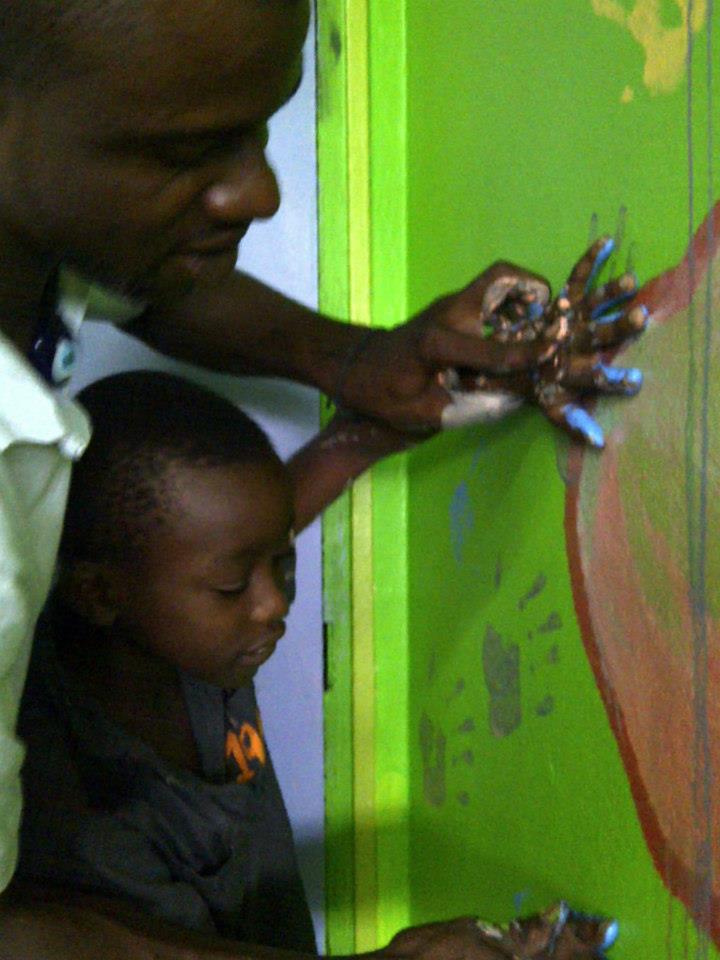
Art possesses unique qualities which makes it an important catalyst in the learning process. Art is as such really vital to general education. Knowledge is better absorbed if the pupils are actively involved. Art makes pupils active; they look at/listen to art or make art themselves. It doesn’t matter what type of art. The words of Herbert Read, “Art leads the child out of itself’, speaks for itself.
Teachers and policy makers often actually know that art education is important for each individual, but don’t actually realize as yet how important the subject is. These lessons are mostly seen as ‘means of relaxation’ but not as means of support. Surely not before tests and examinations, then these subjects must make way for hours in which to catch-up on the ‘important subjects’, while being correctly active with these subjects is no ‘lost time ’for the educative learning process but a ‘fat profit’.
Examples
I remember our teacher who gave Spanish lessons. She became almost desperate, because tests about applying adverbs were a catastrophe; low scores rained continuously. One good day she said: “Everyone stand up, we are going to dance!” She walked up front rocking her hips and shaking her shoulders: “habia, habias, habia . . .”, with now and again a step to the left or the right and we had to follow. We were thereafter allowed to make up our own steps. We had great fun and had learned a lot. In the following test there were much fewer low scores and up to today I still dance when placing Spanish adverbs.
In 1996, while working as a practical teacher in handwork at a teachers’ training school, I once instructed student teachers to use the subject of a lesson for which a test had already be done as reason for a handwork lesson. A student teacher chose the subject ‘high and low Suriname’ from the geography lesson. The pupils had to portray this subject in clay. The class had a more than good score for this test, and as such the future teacher had very high expectations. The lesson really turned out different. The majority of the class didn’t understand where the hills should be placed. The aspirant teacher again had to explain the high and low Suriname lesson, using the map of Suriname. What was the case? The pupils had learned the contents of the lesson mentally, but had totally no imagination of what was high and low country.
On my advice, another student teacher chose the subject ‘reptiles’ from the Nature Studies lesson because the test results were very poor. Understandably, this student teacher didn’t expect much from the lesson. She was really astonished when she saw that the pupils had formed various reptiles in clay within a very short space of time. Her amazement was even greater when the pupils easily named the body parts and the differences between the reptiles during discussions about the pieces of work, while they had earned a very low score for that test.
Expressive education and games
During a workshop which I recently conducted for teachers from the 3rd school year, I pointed to the importance of expressive education and games in the educational system. On that occasion the teachers themselves developed a board game in the shape of a worm and named their creation ‘the tone worm’. The ‘worm’ is curled and divided into little boxes, with a tone or a picture in each little box. The aim of this game is the stimulation of tone understanding. When they arrive at a tone the children must think of a word, and when they arrive at a picture they must name the word that fits. They must spell the words on both occasions. Who has the highest number and may start first, along with how many steps may be taken, is decided with the help of dice. This activity therefor also promotes the understanding of numbers by the child. Additionally this game stimulates the understanding of colors. The pawns that are needed to indicate at which place you are, have different colors. A maximum of four children can participate in the game. The game can also be played with two groups of pupils. Each group has one pawn and the children play in turns. In this game the children therefor also learn to play together, to learn together and orderly await their turn; social skills which they would need for the rest of their lives.
During the evaluation it turned out that the teachers found the workshop informative. They were then also very enthusiastic about the new insights which they have acquired. But shortly after this workshop I met an angry media center teacher who had helped to develop the game. Two happy-faced pupils from the 3rd school year were walking behind her carrying the 60x75cm board game as a trophy. “Mrs. Dragman, can you please keep the game in your possession, the children want to play with it all day and that is already beginning to irritate me. It is really annoying, because I cannot complete my program in this way. . .”. I immediately thought about a verse from Loriz Malaguzzi’s poem ‘The hundred languages of children’: “The child has a hundred languages (and a hundred, hundred, hundred more) but they take away ninety nine. The school and the community separate the head from the body.” (See below for complete text.)
From isolation to integration
If expressive education is given correctly, the cognitive, socio-emotional, sensitive, motoric, affective and creative development of the child will be stimulated. It is therefore very important that this subject be not only presented as an isolated subject, but be also integrated in the other school subjects.
Motivation starts with a nice start, especially when laying the foundation. The learning of tones would be a bit easier if we presented that playfully and in a creative manner. The tones should be presented from simple to difficult. The letter “a” is a little circle with a little stick on the right. A “b” is a little circle with on the left a long stick going up. A “p” is a little circle with on the left a long stick going down. The pupils could better determine these letters because they are made-up of basic forms which are already known to them. This type of letters which have to be learnt also corresponds better with the type of letters in books. Children develop their own handwriting. It is therefore not very useful that we impose a manner of writing upon them at the beginning of their development which they often find to be very difficult. On top that we are now in the computer era, writing with the hand shall therefor gradually decrease.

Physical education is also for the lower primary school classes a very good instrument in the educational learning process. Assignments must be formulated in such a manner that the knowledge which the children have already experienced in the other lessons can be applied during the gym assignments. For example: the teacher draws two large circles with the short tone “a” and the long tone “aa”. He/she then names words and the children must listen carefully if they hear the “a” or the “aa” and run to the correct circle.
Creative day
Maybe it is in the beginning still difficult for the higher classes to present the lessons integrated every day. A solution could be that the lessons are presented in a creative manner on Friday. Pupils, teachers and student teachers should develop educational games during the school year and in an Education Fair organized at the end of the school year, must be allowed to exhibit their innovations. In this way “Trust in our own abilities” shall also become visible in our education.
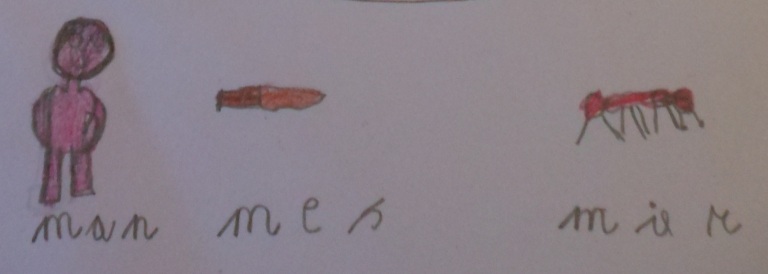
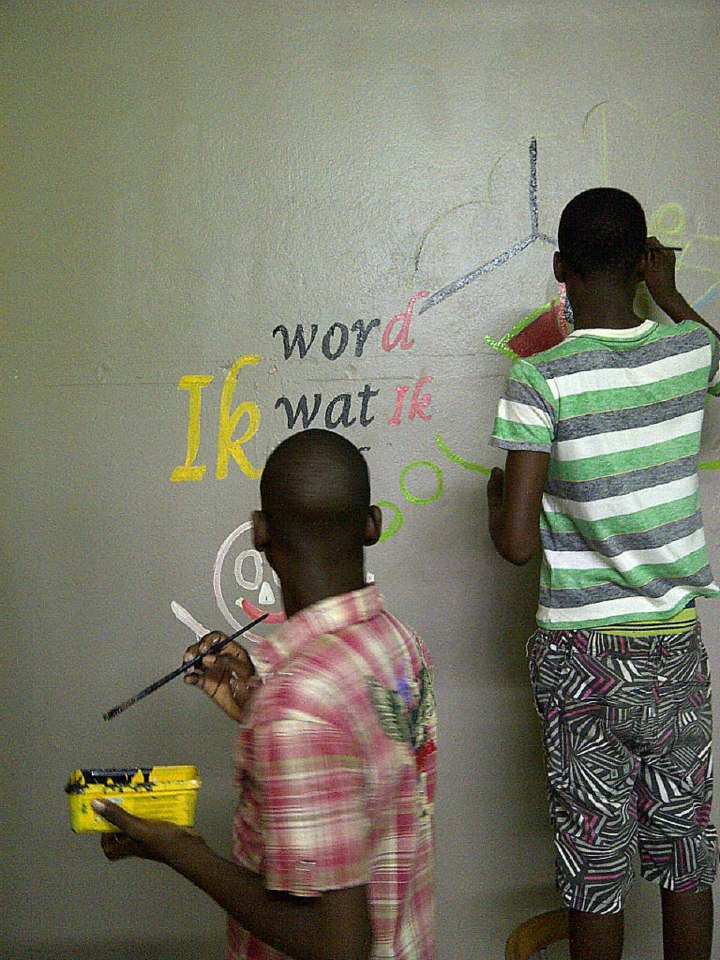
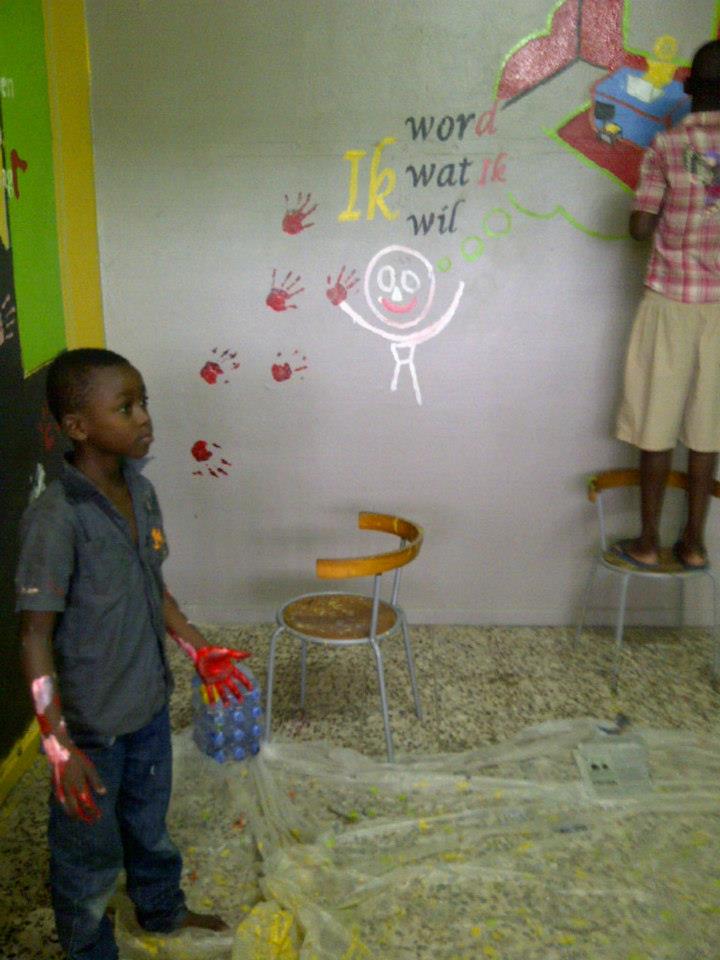
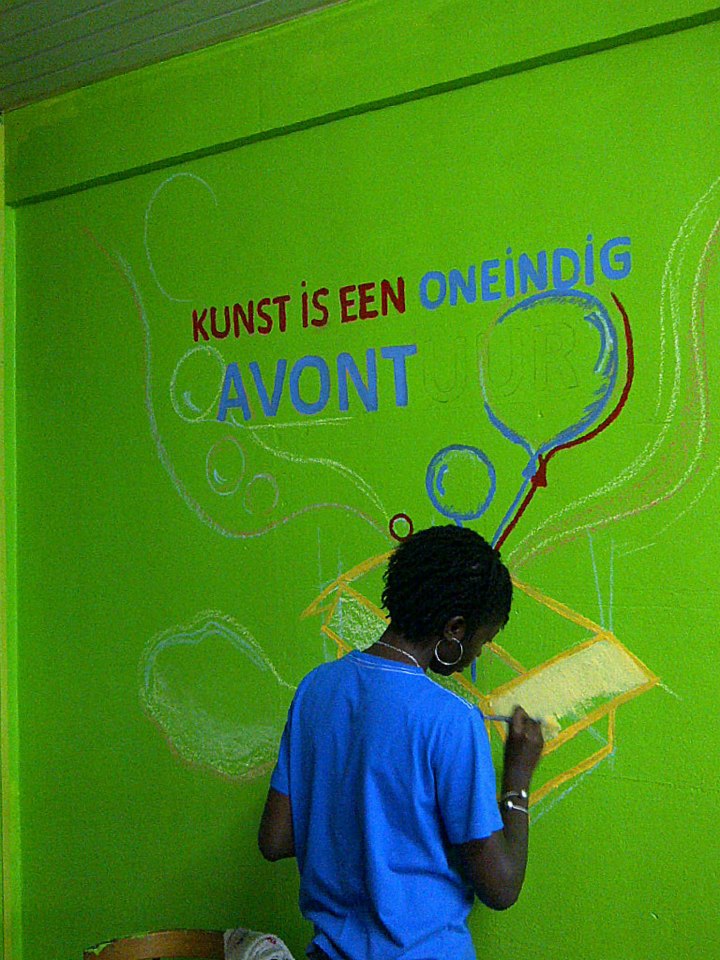
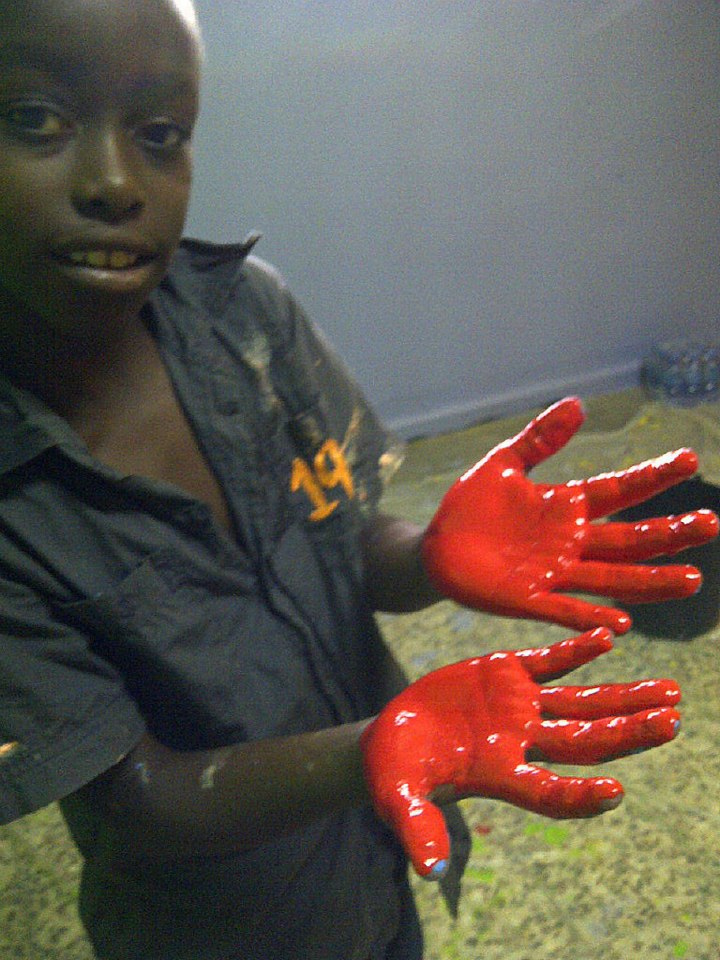

TEXT Carmen Dragman
TRANSLATION David F. Michael
Carmen Dragman is originally a youth dental care worker. She thereafter did expressive art (plastic space forming) at the AHKCO. In Amsterdam she obtained the 1e grade educational qualification in handwork and art history; and in Santo Domingo a master’s degree in preservation of monuments and cultural heritage. From 1995-2011 she has been a lecturer in expressive forming at the IOL. She is now researching the power of art and culture in education, especially on the young child. In 2013 she attended a 4 day workshop in the Loriz Malaguzzi Institute in Reggio Emilia. Her overseas vacations are to a large extent spent visiting art museums and primary schools.
+++
TEXT Loris Malaguzzi, Founder of the Reggio Approach
3 thoughts on “The Power of Art in Education”